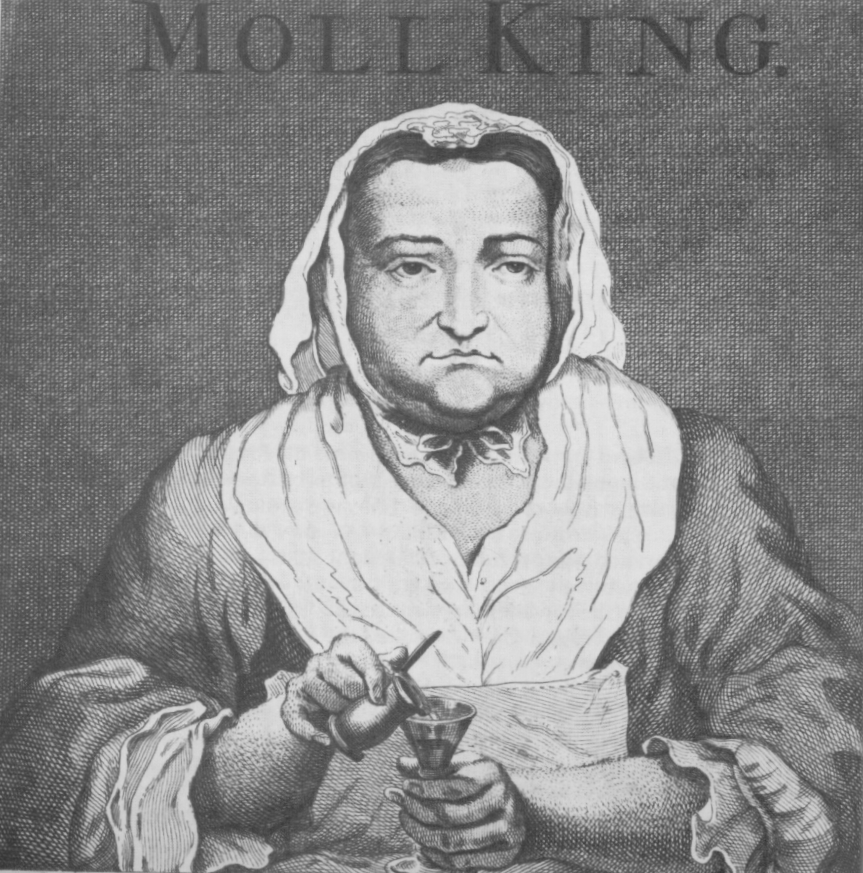Grab your mug, get some joe, and crack open The Coffee House: A Cultural History by Markman Ellis (Wenfield and Nicolson, 2004).
I was aware of the role the coffee house played in discourse and the exchange of news. In comparison to the other beverage-oriented meeting places – taverns, ale houses etc – coffee was a sober and benign drink that did not impede industry. But I did not expect the controversy over the arrival of coffee, the government’s desire to squelch the coffee house as an opposition gathering place, and several opinions about how bad coffee tasted. The book traces coffee’s journey from Turkey and the opening of the first London coffee house by Pasqua Rosee, sponsored by the wealthy Edwards family, around 1652. Ellis takes his history up to the present day, including discourse about twentieth espresso bars and Starbucks.
Ellis discusses the period method of roasting and brewing coffee, the wares in which it was served, the men and women who served it, and the discourse that took place in 17th and 18th century coffee houses. There were plenty of contemporary harsh words against coffee. Ellis discusses that the method of brewing coffee during the 17th century could be responsible for its bad press. Green coffee beans were roasted in a long-handled frying pan over the fire, giving the beans a much smokier flavor than we are used to today. The coffee powder was then boiled in a copper pot. Whereas those original consumers of coffee in the middle East required that roasting, pounding, brewing, and drinking take place in quick succession, English coffee houses lost that rapidity. Along with dubious methods to extend the coffee, the drink became described by some as “Horse-pond Liquor” and “Syrrop of Soot, or Essence of old Shooes.”
Time for a second cup.

Moll King, proprietor of the somewhat sleazy King’s Coffee-House in Covent Garden Market. Photo: Wikipedia.
